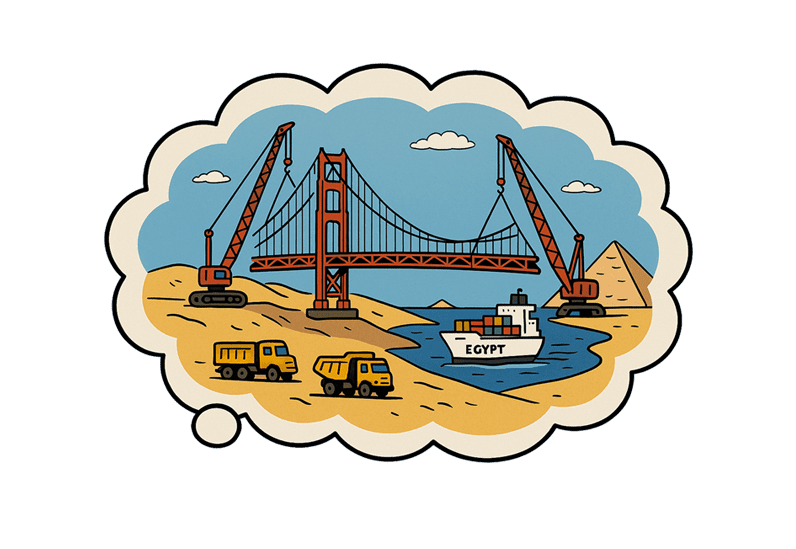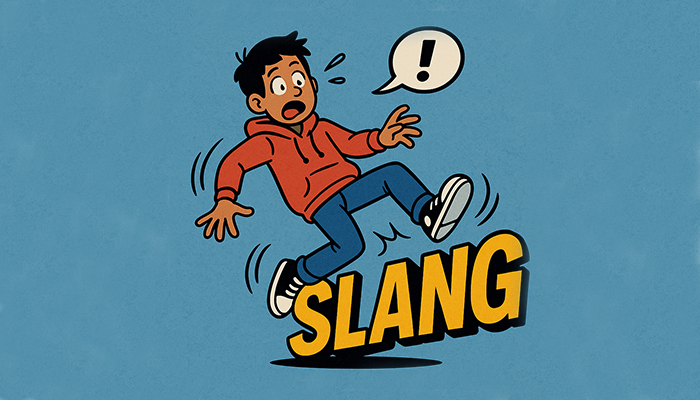How Language Affects Buying Decisions
How Language Shapes Consumer Behaviour
Language is not just a vehicle for information; it is a mechanism of influence, a tool of persuasion, and—if used correctly—a means of controlling the entire buyer’s journey. People don’t just read words. They feel them. And when those words fail to resonate, they take their money elsewhere.
The psychology of website translation is not about swapping words between languages. It’s about understanding how language affects trust, engagement, and the decision to buy. Let’s examine why people are far more likely to convert when they browse in their native language.
Why People Prefer to Buy in Their Native Language
Would you hand over your credit card details on a site riddled with awkward phrasing, grammatical errors, or vague instructions? Of course not. Trust is the currency of online commerce, and language is one of its primary drivers.
Consider these facts:
- 76% of consumers prefer products with information in their own language.
- 40% won’t buy if a site isn’t in their native tongue.
- Even multilingual customers still prefer shopping in their first language.
If your website isn’t translated—or worse, is poorly translated—you are not just alienating potential buyers. You are actively pushing them towards competitors who took the time to speak their language.
The Emotional Impact of Language on Conversions
It is no coincidence that luxury brands use rich, evocative language, while budget retailers opt for clarity and simplicity. Words create emotional responses, and emotional responses drive sales.
How translated content affects buying decisions:
- Certainty breeds confidence – A website that reads naturally in the local language reassures buyers that they won’t regret their purchase.
- Poor translation triggers doubt – If a product description is clumsy or inconsistent, it raises a red flag: “If they didn’t care about their words, did they care about their product?”
- Cultural resonance matters – Direct translations often strip marketing copy of its emotional pull. A joke, a tagline, or a reference that lands perfectly in English might fall flat—or even offend—in another culture.
Cultural Adaptation vs. Direct Translation in Marketing
Literal translation is a crime against marketing. A successful campaign must adapt, not just translate.
Consider an infamous case where a global brand attempted to capture a new market but stumbled over cultural nuance. A well-known soft drink company’s slogan, intended to evoke youthful energy, ended up implying supernatural resurrection when directly translated into Chinese—hardly the intended message for a beverage campaign.
What businesses must do instead:
- Localise, don’t just translate – Marketing messages should be rewritten to fit the cultural expectations, humour, and values of each target audience.
- Use native copywriters – A direct translation of “exciting and innovative” might make sense, but does it carry the same weight in German? Would a Brazilian customer respond to it the same way as a Japanese one? Probably not.
- Test messaging across regions – What sounds compelling in English may require adjustments elsewhere. Run A/B tests to measure response rates.
(For a deeper dive, see [Transcreation: what is transcreation?].)
How to Use Translation to Improve User Engagement
A well-translated website does not just attract visitors—it keeps them engaged, reassured, and ready to convert. A well-translated website ensures that visitors clearly understand your content, fostering trust and credibility. It eliminates language barriers, making it easier for users to navigate, engage with your brand, and take action. Ultimately, a well-translated website enhances the user experience, increasing the likelihood of conversions and customer loyalty.
Strategies for maximising engagement:
- Tone Consistency – Ensure brand voice remains strong and uniform across languages.
- SEO Optimisation – Use keywords that local audiences actually search for.
- Clear CTAs – Calls-to-action should feel natural, persuasive, and culturally appropriate.
- User-Friendly Design – The layout must adjust for text expansion and different reading patterns.
Case Study: How a Brand Increased Sales with Website Translation
A global fashion retailer noticed that while they had traffic from Spanish-speaking countries, their conversion rates were significantly lower than in English-speaking markets. The problem? An awkward, machine-translated website that didn’t inspire confidence.
Brightlines took the following approach:
- Rewrote product descriptions with persuasive, natural-sounding Spanish.
- Localised CTAs and promotions to align with cultural expectations.
- Optimised SEO to ensure the right terms were ranking in search engines.
The result? A 47% increase in conversions from Spanish-speaking users within three months.
Conclusion: Brightlines’ Consumer-Focused Translation Expertise
Language is more than communication—it is the foundation of trust, persuasion, and conversion. A poorly translated website is not just a missed opportunity. It is a silent revenue killer.
At Brightlines, we don’t just translate—we craft content that sells. If you want your website to do more than just exist in other languages, let’s talk. Our expert linguists ensure your message resonates with local audiences while maintaining your brand’s voice. Beyond translation, we optimize for SEO, helping you reach global markets and improve ranking with translated content. Let’s create copy that engages, converts, and drives international success.







